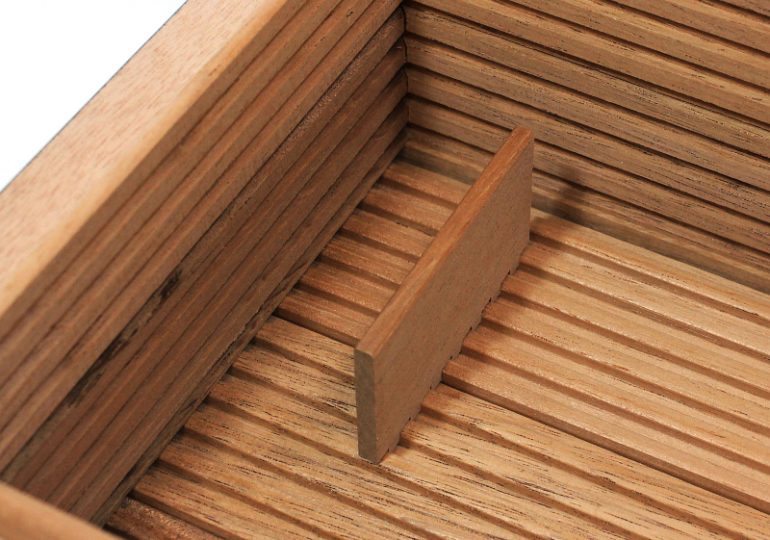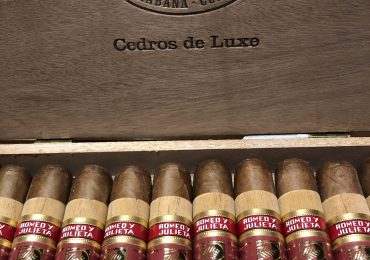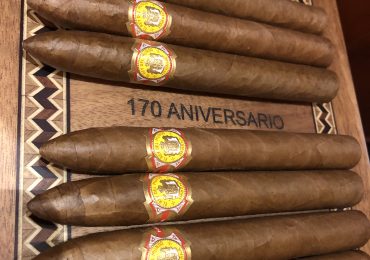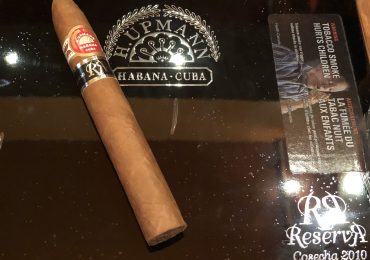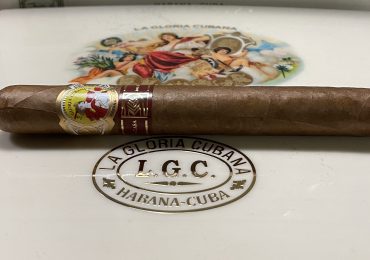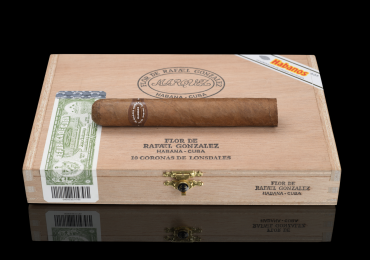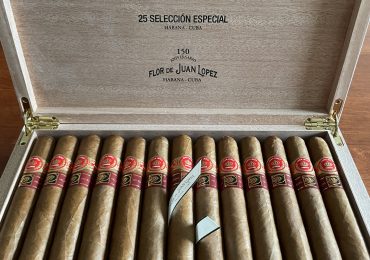Last time around in the first part of our Humidor 101, we reviewed the many different aspects and variants in the humidor construction. Now it’s time to get the humidor running to its most optimum level. This will vary as tastes vary, but it’s important to understand the differences, and then decide on what works best for you. As a rule of thumb, a 70/70 rule is recommended for cigars that are meant to be enjoyed on a regular basis. That is 70% humidity, and 70 degrees Fahrenheit. Let’s look at the various options.
PART 2 of our Humidor 101 serie:
Humidor Preparation & Maintenance
After purchasing a humidor, some simple preparatory steps need to be carried out prior to storing cigars in the humidor. Otherwise, the dry cedar wood lining will extract the humidity from the cigars.
First step: Calibrating the hygrometer:
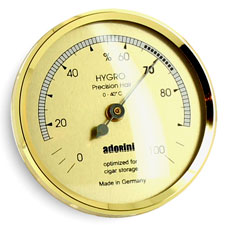
Please note that this step is not necessary if one has purchased a hair hygrometer. Re-calibration may be necessary only in cases of strong shocks during transport.
There are two methods to calibrate an analog hygrometer:
The recommended and most accurate calibration method is to place the hygrometer together with a salt solution into a small plastic box. One should take a cup or spoon filled with salt and moisten it with a few drops of water. The salt should not dissolve, but merely be damp. Afterwards, place the hygrometer and the salt in a well-sealed plastic box and wait. After about 8 hours, the humidity within the box should have reached a humidity of 75%. Then adjust the needle of the hygrometer with a screwdriver at the rear to indicate 75% humidity.
Alternatively, remove the hygrometer from the humidor, wrap the hygrometer in a thoroughly moistened cloth, wait about one hour and then adjust the hygrometer on the rear with a screwdriver to 96% rel. humidity.
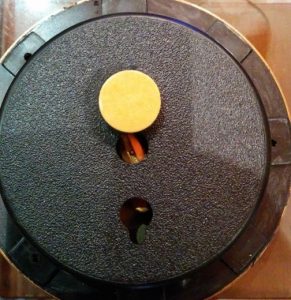
Second step: Filling the humidifier
Put the humidifier on a plate and moisten it with the propylene glycol solution (for sponge-based humidifier) or distilled water for a Humidifier based on acryl polymers. Leave the humidifier in the liquid for about 5 minutes. As soon as the humidifier has absorbed sufficient liquid, shake the humidifier so that liquid that was not absorbed will be removed. Now dry the humidifier with a cloth and place it in the humidor.
Third step: Moistening the humidor
The inner walls of the humidor, dividers and trays should be wiped off with a cloth moistened with distilled water.
Place a glass filled with distilled water in the humidor and leave it for three days in the closed humidor. If the glass of water is heated beforehand in the microwave, the water will be absorbed more quickly and the humidor will be operational after only about a day. The inner walls of the humidors should now have absorbed sufficient humidity.
Certain humidor makers, such as Davidoff and Daniel Marshall do not require and/or do not recommend wetting the inside of the humidor. It is important to review the instructions that come with your humidor, to ensure you get the most out of your humidor.
In a nutshell, here is what will happen to cigars if the levels are not optimum:
- If the humidity is too low, the cigars will become hard and dry.
- If it is too high, the cigars will get too soft, may start to burst, unravel and feel tight when smoking them.
- If the temperature is too hot, cigars will risk getting mold and bugs.
- If too cold, cigars become dry and can form condensation due to the humidity levels.
Regular tap water vs. Distilled Water
Distilled water has an advantage over normal tap water in that it protects the humidifier against calcification and mold. Normal tap water contains certain minerals which can clop the pores of the humidifier sponge. Additionally, normal tap water contains chlorine and bacteria, which might impact the aroma within the humidor, and may lead to mold. We should avoid using tap water for our humidors.
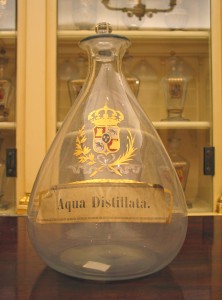
Refilling – How often?
One should expect to add water to their humidifier once per month. This will vary depending on the room temperature and humidity in which the humidor is placed, as well as what type of humidifier is being used. Generally, the polymer option requires less maintenance, and filling up every 6-8 weeks can be possible.
With sponge-based humidifiers, the process of refilling is a little more complicated. The humidor should be refilled approximately once a month exclusively with distilled water. The special propylene glycol solution should be applied only when the humidity level in the humidor suddenly drops. Depending on the outside temperature, this might be the case after approximately 3-6 months. Under no circumstances should the solution be refilled more frequently, nor should a solution of propylene glycol exclusively ever be used since the humidification system will not be able to absorb liquid and the humidifier may hence become unstable.
Humidor is bleeding sap/ resin
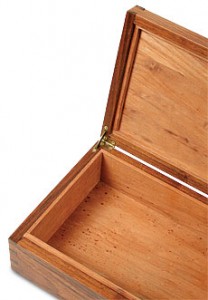
The special oils of Spanish cedar wood can lead over time to the formation of resin on the wood surface. This occurs particularly if, contrary to the wood used in some humidors (ie: Adorini humidors), the wood has not been carefully dried before production. The resin is very sticky and can usually only be removed with acetone.
The locations where the resin appeared should be treated with fine-grained sandpaper. This cleaning process must be repeated 2-3 times, particularly if thick cedar lining was used. The sticky resin does not impair the quality of the cigars, however it may damage the outside cigar leaves if the cigars come into direct contact with the resin.
After the use of cleaning agents, the humidor must be thoroughly ventilated before the cigars are placed back into the humidor.
How to get rid of annoying smells inside the humidor
After the use of cleaning agents, the smell of the solvents may remain inside the humidor. One should note that cleaning agents are only to be used inside the humidor in emergency cases. To get rid of the smell, one might try the following:
First, the humidor should be opened and thoroughly ventilated. The amount of time will vary based on all the different varients.
If this does not help and the smell has no disappeared within a few days, you can try the following, with caution. Wet the inside of the humidor with a little bit of rubbing alcohol. Leave it closed for a few days for the wood to absorb. After a few days, leave the humidor lid open so it airs out. This has proven in some cases to move an unwanted smell in humidors, although it does not work every time. Important, when leaving the humidor open for extended periods, it can be helpful to use a wooden cheater to support the lid. Otherwise, it can be too much weight for the hedges to support over time.
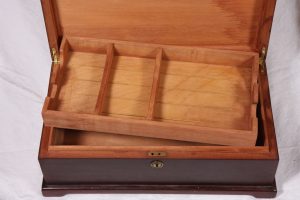
There you have Part 2 ouf our Humidor 101 tutorial. In the next post, we will look at the humidity levels, hygrometers, and temperature.
http://lacasadelhabanomontreal.com
Leave a comment
